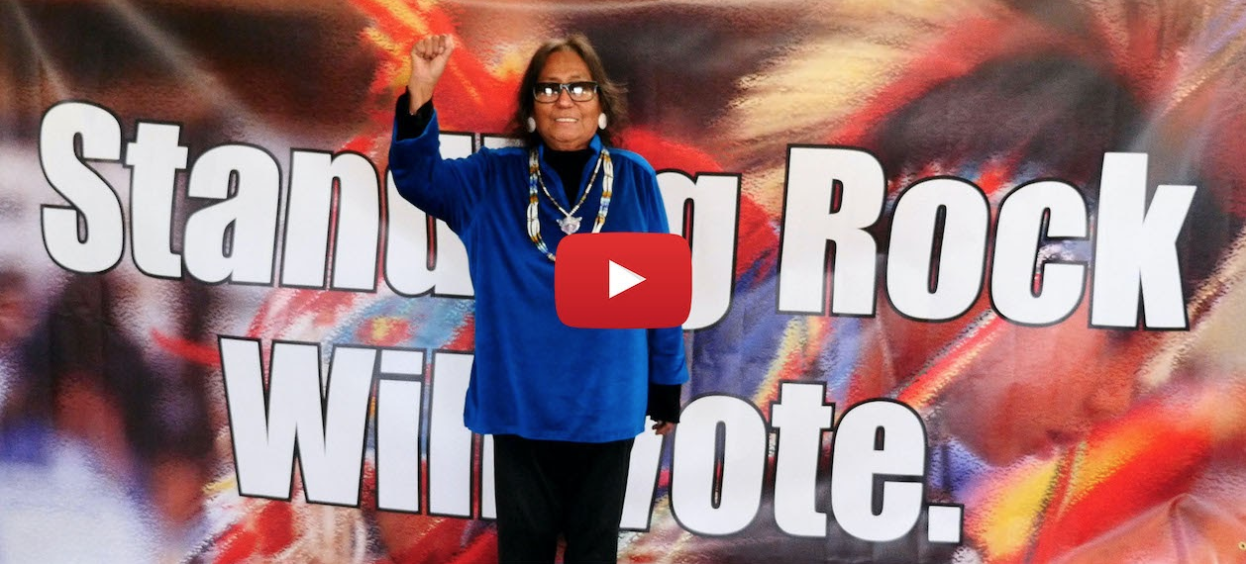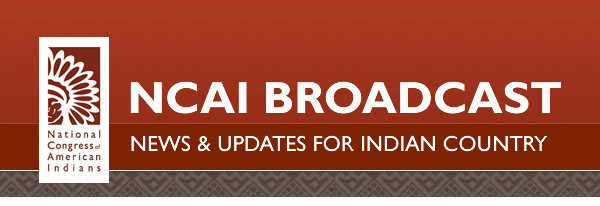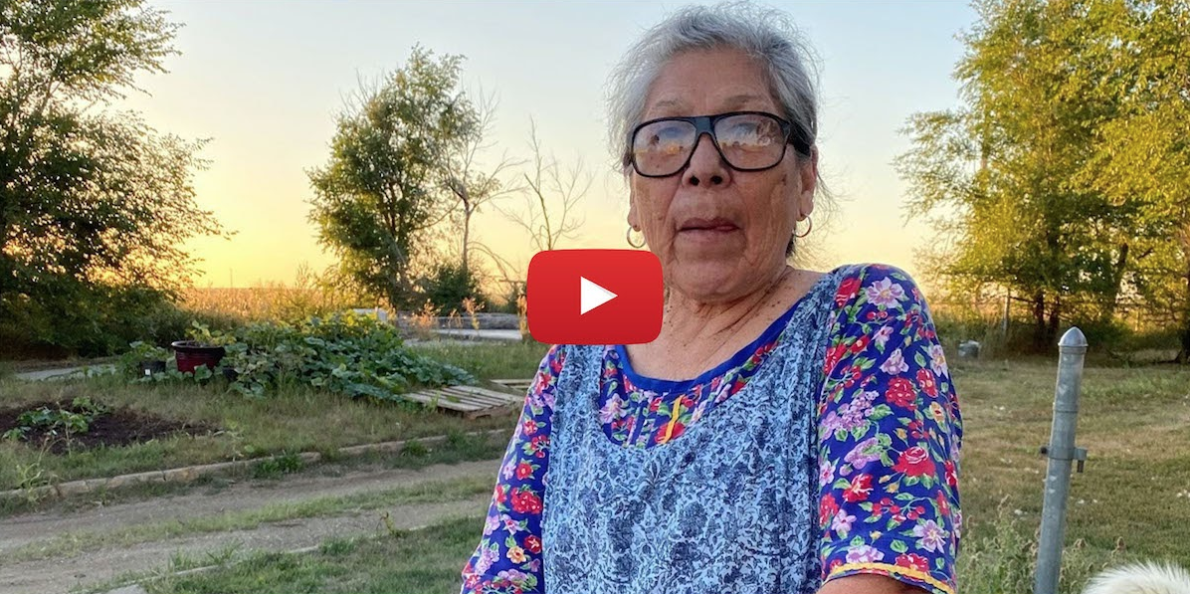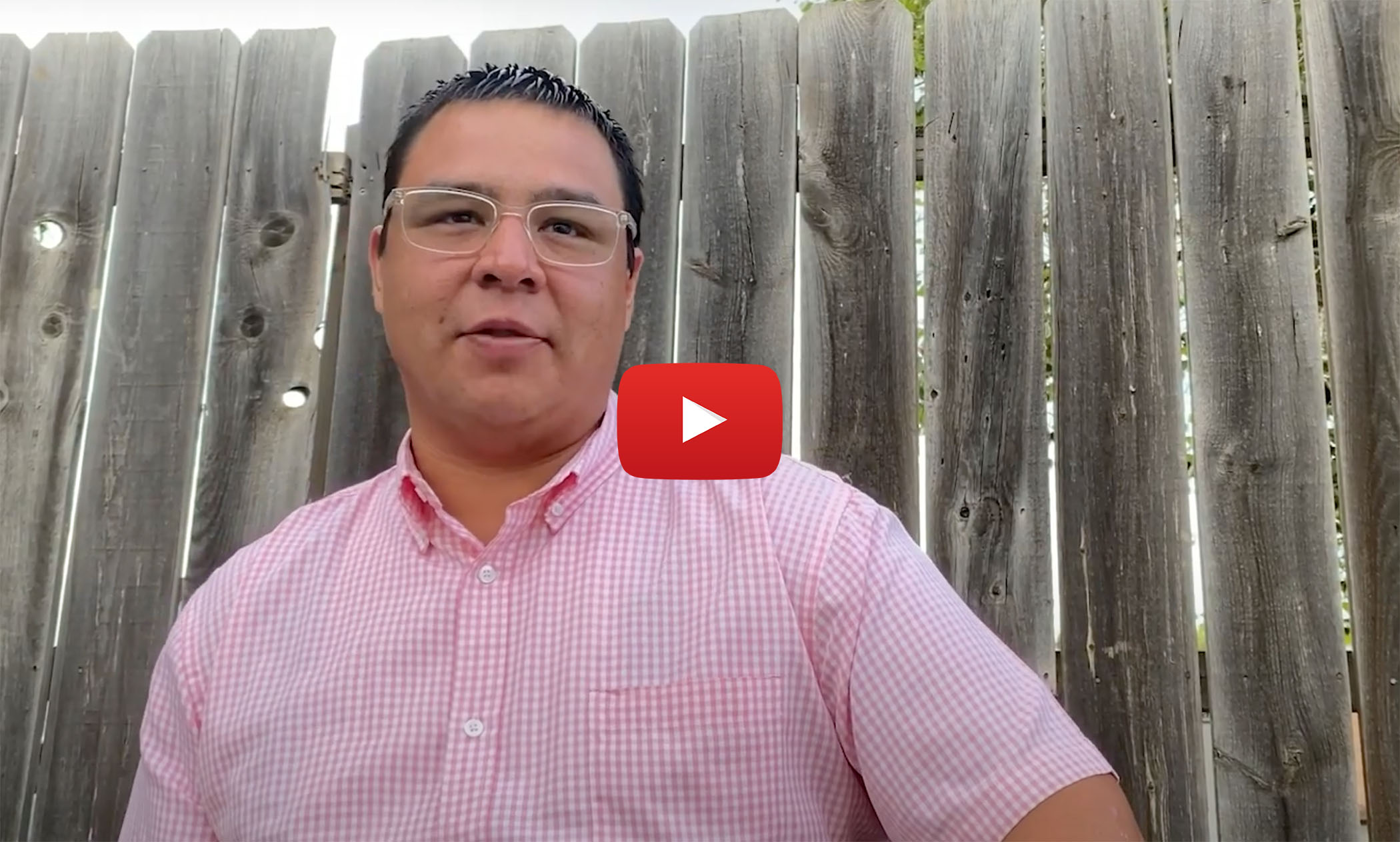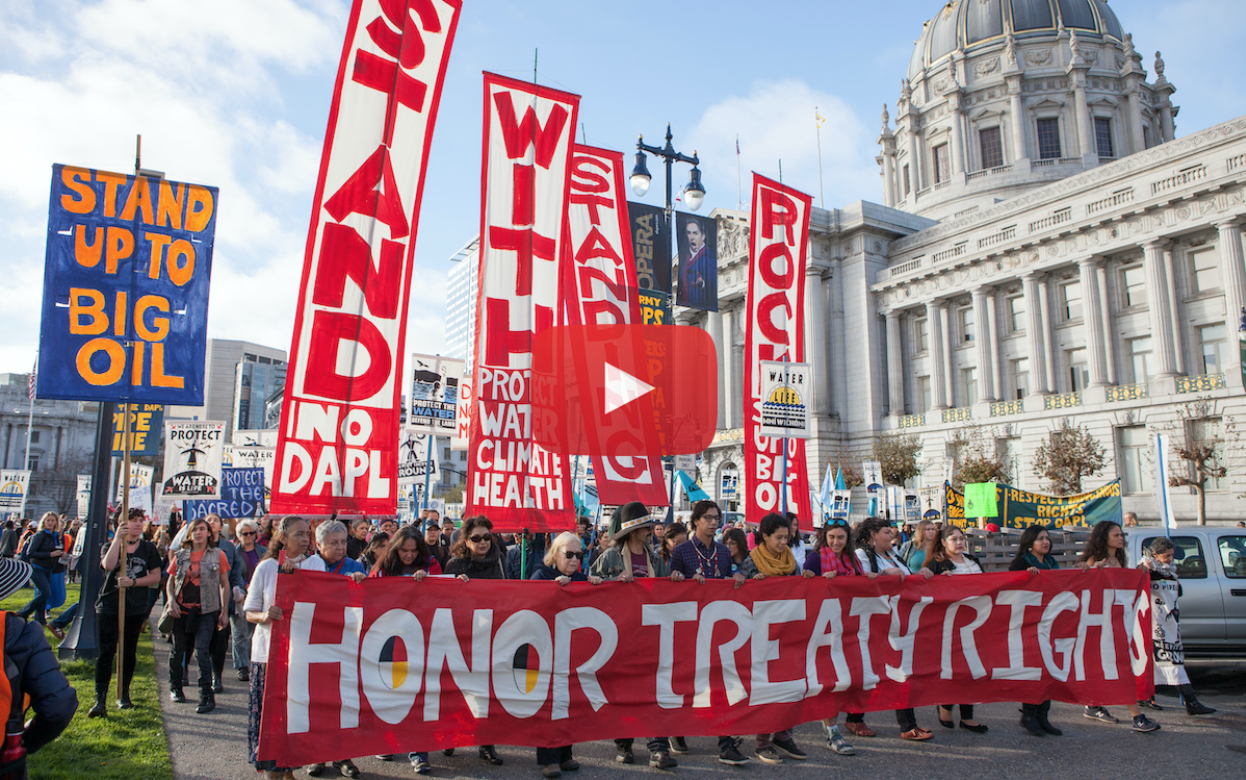Personal Note: I taught for 27 years in elementary education. Overcrowded classrooms, badly ventilated classrooms, and shared water fountains were the norm. No officials cared for the staff and students before, and I do not see how they will be able to address these problems now when the economy is in freefall. If I was not already retired I would be leaving the profession due to this pandemic. Certain politicians were put in high-level positions where they could undermine public education. Well, it occurs to me that I have witnessed the end of public education. It also seems to be following a trend: public postal service, public polling stations, public gatherings…it is almost as if we – the public – are under attack. A virus is being used as a weapon to disrupt and undermine everything we hold valuable.
There is no talk about what you can do to improve your immune system.
There is no talk about how masks (which, if covered with a deadly virus, should be handled as a biohazard) are to be discarded. Instead, people are throwing them in the regular trash or on the street. Masks are becoming a source of pollution – like we needed another one.
There is no talk about how to take care of the growing amount of homeless as we swelter in the summer heat and head towards fall and winter.
There is no talk about how people will pay for a vaccine – a vaccine that requires two shots so far and will be given to the so-called ¨most neediest groups¨first: remember, it is an experimental vaccine and the pharmaceuticals companies have full immunity if something goes wrong. >The indigenous, the black, the elderly, the poor communities will be first. Something does not sound right to me about this. Since when do the powers-that-be care about what happens to ¨the most neediest groups¨? If they cared they would be discussing establishing Medicare for all – after all – the few who had employee healthcare now are without a job and have joined the large groups of people with no health coverage.
Every educator without a classroom, set up virtual classrooms online. Do not go back unless the proper cleaning and adjustments are made to classrooms. It is a bad idea for educators and a bad idea for students – it has always been that way and now a virus pandemic just shines the light on the bad situation. IMHO
Bureau of Indian Education: Open schools or else

Mary Annette Pember
Mary Annette Pember
Indian Country Today
The Bureau of Indian Education’s plans to reopen its schools for in-person instruction is irresponsible, according to many Native parents and tribal leaders across Indian Country.
Tara Sweeney, assistant secretary of Indian Affairs, sent a letter to tribal leaders this month indicating that Bureau of Indian Education-operated schools will open Sept. 16 with in-person instruction. Sweeney wrote: “To the maximum extent possible, BIE (operated) schools will operate brick and mortar schools.”
According to its website, the Bureau of Indian Education oversees a total of 187 schools. Of those, 132 are tribally controlled, operating under the direction of individual tribes. Fifty-five are operated by the bureau. Although bureau leaders maintain they actively include input from tribal consultation and stakeholder meetings and surveys in crafting policies for both tribally controlled and bureau-operated schools, many tribal leaders disagree.
“These ‘Dear tribal leader’ letters sent out by the BIE don’t acknowledge the authority of tribal nations and our elected officials,” says Daniel Tso, Navajo Nation council delegate and chairman of Navajo Nation Health, Education and Human Services Committee.
Sweeney wrote: “The guidance in this letter specifically pertains to bureau-operated schools. However, BIE recommends tribally controlled schools take the recommendation included as guidance to inform their general operations and to prepare each learning environment for the 2020-2021 school year.”
Nearly half of the Navajo Nation’s 65 Bureau of Indian Education schools are operated directly by the bureau. Only about a third of all bureau-funded schools are operated by the agency. Most are tribally controlled schools.
During a meeting Wednesday, committee members created a resolution recommending all reservation schools provide virtual or online learning options.
“I realize that Mr. Dearman has to toe the line according to the orders of the Trump administration, but the BIE people in Washington, D.C., don’t know the lay of the land out here,” Tso says.
Tony Dearman of the Cherokee Nation of Oklahoma is the director of the Bureau of Indian Education. In an email response to Indian Country Today, he referred questions about school openings to the Bureau of Indian Affairs office of public affairs.
Neither that office nor the Bureau of Indian Education responded to emails seeking comment.
President Donald Trump is pushing for public schools to open with in-person instruction.
Parents on the Navajo reservation are overwhelmingly opposed to sending their children back to in-person school instruction, according to Tso
“Our dear children need to be protected; On a per-capita basis, we are still experiencing high rates of COVID-19 infections and deaths (on the Navajo reservation),” Tso says.
The Navajo Nation, which spans parts of Arizona, Utah and New Mexico, has been one of the worst hotspots during the pandemic.
The reservation continues to operate under a declared state of emergency and has enacted numerous weekend lockdowns to curb travel on and off the reservation. Navajo Nation government offices remain closed, offering minimal services.
Overall, according to the Centers for Disease Control, Native Americans have the highest hospitalization rates for COVID-19 of any ethnicity.
KTUU of Anchorage reports that one in 1,600 Indigenous people are impacted by COVID-19, compared with about one in 3,200 for non-Natives. Native people also have higher rates of chronic conditions such as diabetes and high blood pressure, making them especially vulnerable to the disease.
Many Native people depend on the Indian Health Service, a chronically underfunded federal agency, for their health care needs.
“Our IHS clinics couldn’t handle an outbreak on the reservation. COVID-19 could potentially wipe out half of our nation here on Pine Ridge,” says Dayna Brave Eagle, tribal education agency director for the Oglala Sioux Tribe in South Dakota.
The Oglala Sioux Tribe is still operating under a tribal shelter at home ordinance enacted in March prohibiting gatherings of more than 10 people and closing its borders to nonresidents and nonessential travel except for state highway entrances for pass-through vehicles.
“I don’t know of anybody who wants to send their kid to in-person school,” says Davidica Littlespottedhorse, who lives on the Pine Ridge Reservation.
Five of the Bureau of Indian Education schools on the reservation are tribally controlled; only one, Pine Ridge School, is a bureau-operated school.
According to tribal council member Valentina Merdanian, the Oglala Sioux Tribe has ordered all reservation schools, including private, public and Bureau of Indian Education tribally controlled and bureau-controlled schools to offer remote instruction to students. Despite the bureau’s insistence that its directly operated schools offer in-person instruction, Pine Ridge School will offer only remote classes, according to Brave Eagle.
“The Oglala Sioux Tribe remains strong in looking after the health and welfare of our people; there are too many unanswered questions surrounding the pandemic for us to risk the health of our children,” Merdanian says.
Several Native leaders expressed concern that the Bureau of Indian Education may force its other bureau-controlled schools to offer in-person instruction regardless of individual tribes’ wishes.
“Yes, it’s totally possible that since the bureau-operated schools are federal, they will offer in-person instruction (regardless of tribal law),” says Carl Slater, Navajo Nation council delegate and a member of the Health, Education and Human Services Committee.
According to both Oglala Sioux and Navajo Nation leaders, communication from the Bureau of Indian Education has always been a problem.
As reported by Rebecca Klein and Neal Morton for the Hechinger Report, the bureau was slow to offer advice and close its schools in March, at the beginning of the pandemic.
According to Tso, the bureau’s Rocky Ridge boarding school on the Navajo reservation didn’t receive the agency-wide March notification to close for several days.
“Somehow they never got the message and remained open for several days. One of their staff died from COVID-19,” says Tso.
Although more students have received devices such as mobile phones, tablets and computers, limited internet access continues to be a problem.
“Many of our families live on a fixed income and can’t afford internet access fees,” says Brave Eagle.
Both the Navajo Nation and the Oglala Sioux Tribe are using their CAREs Act funds to expand internet access to families, but leaders worry funding is inadequate.
Members of the Senate Committee on Indian Affairs expressed concerns and asked for details regarding BIE’s distribution of CAREs Act funding to tribes during an oversight hearing in July.
“Several of our parents support using jump drives that can be exchanged weekly with the schools, but the BIE schools have not been receptive to these kinds of suggestions,” says Tso.
But schooling during a pandemic is a challenge for all schools serving reservation youth. According to the National Congress of American Indians, only about 8 percent of Native students attend Bureau of Indian Education schools; the remainder attend tribal, public or private schools both on and off the reservation.
“We’ve heard of some students transferring to schools off the reservation in order to access athletic programs,” says Merdanian.

South Dakota Gov. Kristi Noem is pushing for schools to remain open and is discouraging the use of masks. Guidelines from the Centers for Disease Control support in-person learning with social distancing, masks and cleaning protocols.
Brave Eagle finds the overall lack of clear, coordinated policies among schools disheartening.
She notes that the recent Bureau of Indian Education letter announcing the Pine Ridge School start date of Sept. 16, which is significantly later than some others, added to the confusion.
“All the schools are starting at different times,” she says.
“The BIE should be ashamed of themselves,” Brave Eagle says. “The federal government has failed us for the past 100 years, but now it’s time for tribes to stand up. We are the ones who know what we need.”

Mary Annette Pember, a citizen of the Red Cliff Ojibwe tribe, is a national correspondent for Indian Country Today.
Indian Country Today is a nonprofit news organization. Will you support our work? All of our content is free. There are no subscriptions or costs. And we have hired more Native journalists in the past year than any news organization ─ and with your help we will continue to grow and create career paths for our people. Support Indian Country Today for as little as $10.


